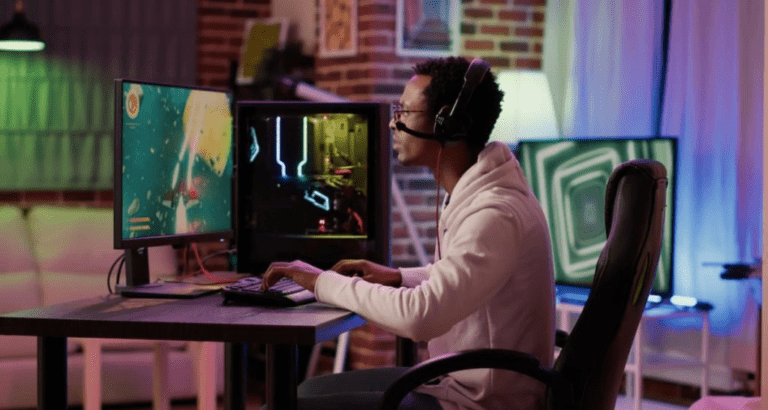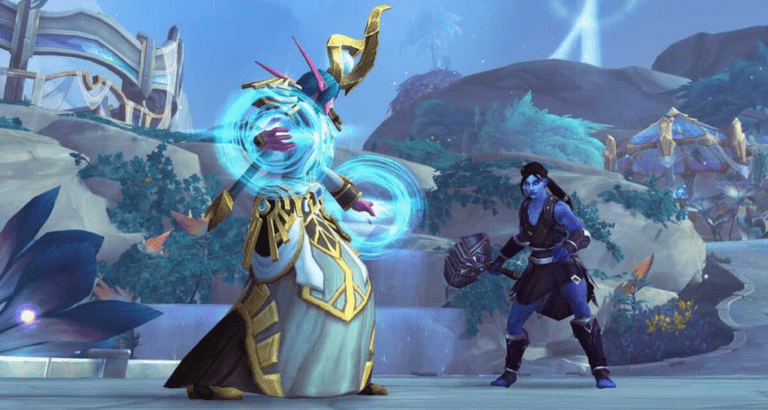Takeaway
In the fast-paced world of game development, bottlenecks can significantly hinder progress, especially when collaborating with external teams. Understanding how to effectively manage these challenges is crucial for maintaining productivity and ensuring the successful delivery of high-quality games. This article delves into strategies for identifying, addressing, and preventing bottlenecks when working with external teams in game development.
Understanding Bottlenecks in Game Development
Bottlenecks in game development refer to points in the workflow where progress is slowed down or halted due to various constraints. These can arise from technical limitations, resource shortages, or miscommunication between internal and external teams. Identifying these bottlenecks early is essential for maintaining a smooth development process.
Types of Bottlenecks
There are several types of bottlenecks that can occur in game development:
- Technical Bottlenecks: These occur when the technology or tools being used cannot keep up with the demands of the project. For example, if an external team is using outdated software, it may slow down the integration of assets.
- Resource Bottlenecks: Limited availability of skilled personnel can lead to delays. If an external team lacks the necessary expertise, it can slow down the entire project.
- Communication Bottlenecks: Miscommunication or lack of clarity in project requirements can lead to misunderstandings, resulting in rework and delays.
- Process Bottlenecks: Inefficient workflows or unclear processes can create delays. If external teams are not aligned with internal processes, it can lead to confusion and slow progress.
Identifying Bottlenecks
To effectively manage bottlenecks, it is crucial to identify them early in the development process. Here are some strategies for identifying bottlenecks when working with external teams:
1. Regular Check-ins
Establishing a routine for regular check-ins with external teams can help identify issues before they escalate. These meetings should focus on progress updates, challenges faced, and any potential roadblocks. By fostering open communication, teams can address issues collaboratively.

2. Performance Metrics
Utilizing performance metrics can provide valuable insights into the efficiency of both internal and external teams. Key performance indicators (KPIs) such as task completion rates, bug counts, and turnaround times can help pinpoint areas where bottlenecks may be occurring.
3. Feedback Loops
Creating feedback loops allows teams to share insights and experiences throughout the development process. This can be facilitated through tools like project management software, which enables real-time updates and feedback on tasks and deliverables.
Addressing Bottlenecks
Once bottlenecks have been identified, it is essential to implement strategies to address them effectively. Here are some approaches to consider:
1. Resource Allocation
Ensuring that external teams have access to the necessary resources is critical. This may involve reallocating internal resources or providing additional support to external teams. For instance, if an external team is struggling with a specific aspect of game design, consider assigning an internal expert to assist them.
2. Streamlining Communication
Effective communication is key to overcoming bottlenecks. Establish clear communication channels and protocols to ensure that all team members are on the same page. Tools like Slack, Microsoft Teams, or Discord can facilitate real-time communication and collaboration.
3. Agile Methodologies
Implementing agile methodologies can help teams adapt to changes and address bottlenecks more effectively. Agile practices, such as iterative development and regular sprints, allow teams to focus on delivering small, incremental improvements, making it easier to identify and resolve issues as they arise.

An example of an agile methodology is Kanban.
4. Documentation and Knowledge Sharing
Maintaining comprehensive documentation is essential for ensuring that all team members have access to the information they need. This includes design documents, technical specifications, and project timelines. Additionally, fostering a culture of knowledge sharing can help external teams learn from internal teams and vice versa.
Preventing Future Bottlenecks
While addressing existing bottlenecks is crucial, it is equally important to implement strategies to prevent future issues. Here are some proactive measures to consider:
1. Onboarding and Training
Providing thorough onboarding and training for external teams can help them understand the project requirements and internal processes better. This can reduce the likelihood of miscommunication and ensure that all team members are aligned with the project goals.
2. Setting Clear Expectations
Establishing clear expectations from the outset is vital for preventing bottlenecks. This includes defining roles and responsibilities, project timelines, and deliverables. By setting clear expectations, teams can work more efficiently and reduce the risk of misunderstandings.
3. Continuous Improvement
Encouraging a culture of continuous improvement can help teams identify and address potential bottlenecks before they become significant issues. Regularly reviewing processes and workflows can lead to valuable insights and improvements that enhance overall efficiency.
Conclusion
In conclusion, managing bottlenecks in game development, particularly when collaborating with external teams, requires a proactive and strategic approach. By identifying bottlenecks early, addressing them effectively, and implementing preventive measures, game development companies can maintain productivity and ensure the successful delivery of high-quality games. Key takeaways include the importance of regular communication, resource allocation, agile methodologies, and continuous improvement. By focusing on these areas, teams can navigate the complexities of game development and deliver exceptional gaming experiences.

